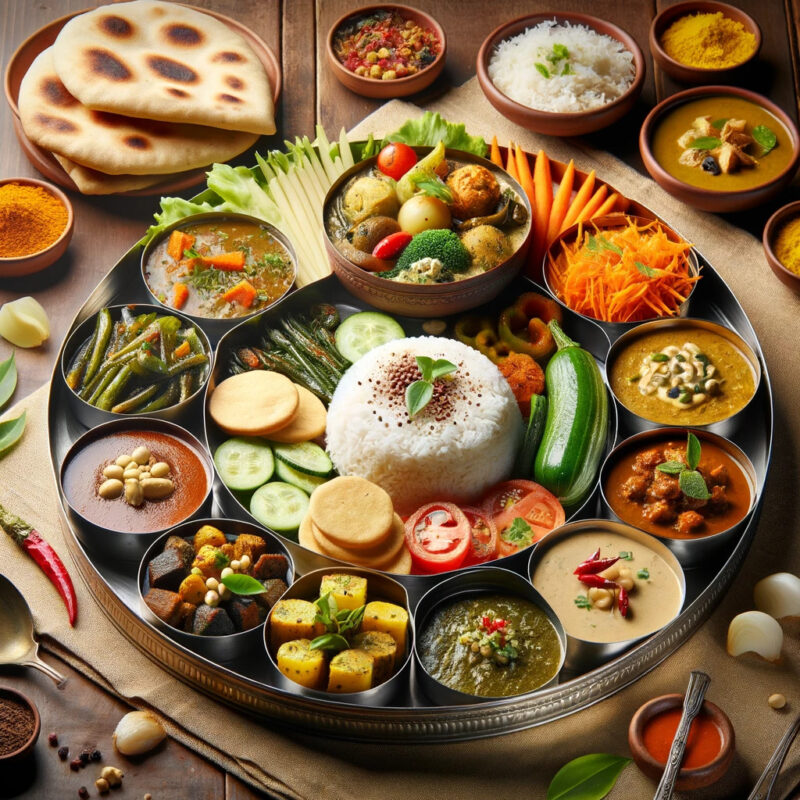Food & Dining
The Art of Indian Cuisine
A Journey Through Time-Honoured Food Preparation
In the heart of every Indian kitchen lies a story of tradition. An array of vibrant spices, and the art of balancing flavours that have been honed over centuries. Indian Cuisine preparation is not just about cooking; it’s a ritual, a celebration of ingredients, and a testament to the diversity of India’s rich cultural tapestry. Let’s embark on a culinary journey to explore the intricate and fascinating world of Indian food preparation.
The Foundation of Flavour: Spices and Herbs
At the core of Indian cuisine is its extensive use of spices and herbs. From the fiery heat of red chillies to the sweet fragrance of cinnamon, each spice plays a crucial role. The art of tempering – roasting spices in hot oil or ghee – releases their full aroma and flavours. Technique that is fundamental of Indian cooking. This spice-infused oil is then used as a base for many dishes. Creating layers of flavours that are uniquely Indian.
Diversity in Techniques
Indian food preparation is as diverse as its culture. Each region boasts its own methods and specialties. In the North, you’ll find slow-cooked, creamy curries and tandoori cooking. Move to the West, and you’ll experience a burst of sweet and savory flavors, with an emphasis on vegetarian dishes. The Eastern part of India introduces you to an array of fish and sweets. While the South offers a world of tangy curries and rice-based dishes. Steaming, frying, roasting, and simmering – every technique is a reflection of the region’s climate, history, and influences.
The Vegetarian Essence
Vegetarianism is deeply rooted in Indian culture. It largely influenced by religious and health beliefs. This has led to a treasure trove of vegetarian dishes that are both nutritious and flavourful. Lentils, vegetables, grains, and pulses are transformed into hearty meals. Vegetarian food can be both satisfying and diverse.
Rice and Bread: The Staples
No discussion of Indian food preparation is complete without mentioning rice and bread. Basmati rice, with its fragrant and long grains, is often used in biryanis and pilafs. Various breads like naan, roti, and paratha form an essential part of the meal, perfect for scooping up curries and vegetables.
Sweets and Desserts
Indian sweets and desserts are a realm unto themselves. Rich in ghee, nuts, and sweetened with jaggery or sugar, these treats are an integral part of Indian celebrations. From the syrupy Gulab Jamun to the creamy Kulfi, each sweet is a celebration of flavors.\
Modern Twists and Global Influences
In recent years, Indian cuisine has embraced global influences, leading to an exciting fusion of flavors. Chefs are reimagining traditional dishes with modern techniques and presentations, making Indian cuisine more accessible and appealing to a global audience.
Conclusion: A Celebration of Senses
Indian food preparation is an immersive experience that goes beyond mere cooking. It’s a ritual that engages all the senses, a canvas for creativity, and a medium for storytelling. Kneading dough for roti, simmering a pot of aromatic curry or tempering spices. You’re partaking in a culinary tradition that’s rich in history and flavour. Indian cuisine is not just food; it’s a celebration of life itself.

